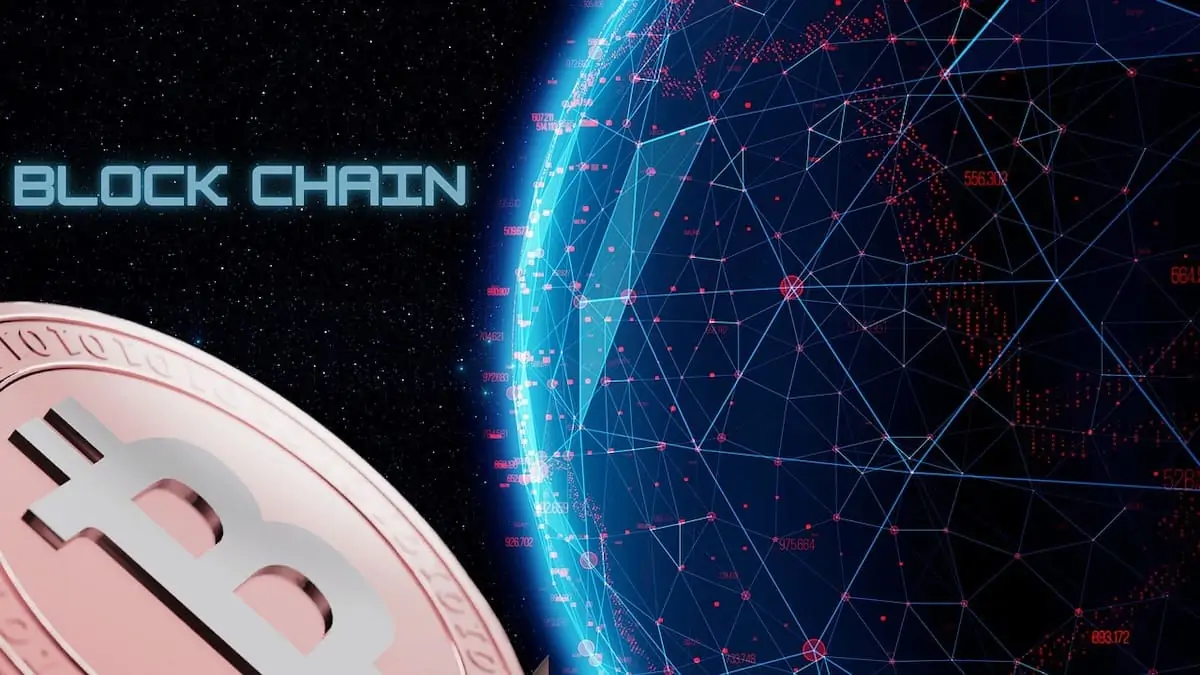Blockchain!
What is all the fuss about? It’s a word that was rarely used or even heard of in Supply Chain not that long ago. But now it is very common to hear about Blockchain. Further it is often used in the context of being a necessary and integral part of any Digital Supply Chain Strategy.
Most companies do not yet have a Blockchain strategy. More importantly most people do not even know what it is. How can you have a strategy for something if you don’t know what it is? So, as with anything, let’s start at the beginning.
What exactly is Blockchain?
What is Blockchain?
The term “Blockchain” was first coined by Satoshi Nakamoto in 2008 as the name for the electronic transaction ledger to be used in support of the cryptocurrency Bitcoin. It is not known whether Nakamoto is an individual or a group of people.

My favourite definition is the simplest:
It is a digital transaction ledger … period!
This framework should give you the most basic understanding that you need. And given that simple definition it is possible to understand that while it was originally associated with Bitcoin, it actually has applicability in any transaction based environment. And that is why it is such a powerful technology.
That being said there are many more elaborate definitions of Blockchain.
Here are a few:
- “The blockchain is an incorruptible digital ledger of economic transactions that can be programmed to record not just financial transactions but virtually everything of value.”
Don & Alex Tapscott, authors Blockchain Revolution (2016)
- In simple terms, it can be described as an append-only transaction ledger. What that means is that the ledger can be written onto with new information, but the previous information, stored in blocks, cannot be edited, adjusted or changed.
Blockchains are transaction ledgers. … distributed, digital, consensus-driven, decentralized
- A Blockchain is a growing list of records, called blocks, which are linked using cryptography. It is an open, distributed ledger that can record transactions between two parties efficiently and in a verifiable and permanent way. It is a decentralized, distributed and public digital ledger that is used to record transactions across many computers so that the record cannot be altered retroactively without the alteration of all subsequent blocks and the consensus of the network.
(Source: Wikipedia https://en.wikipedia.org/wiki/Blockchain
- To start, here’s the simplest explanation with no metaphors or hyperbole. In the language of cryptocurrency, a block is a record of new transactions (that could mean the location of cryptocurrency, or medical data, or even voting records). Once each block is completed it’s added to the chain, creating a chain of blocks: a blockchain.
Source: https://lifehacker.com/what-is-blockchain-1822094625
- First and foremost, it is a public electronic ledger that can be openly shared among disparate users and that creates an unchangeable record of their transactions, each one time-stamped and linked to the previous one. Each digital record or transaction in the thread is called a block (hence the name), and it allows either an open or controlled set of users to participate in the electronic ledger. Each block is linked to a specific participant.
Blockchain can only be updated by consensus between participants in the system, and when new data is entered, it can never be erased. It contains a true and verifiable record of each and every transaction ever made in the system.
In layman’s terms, blockchain is a write-once, append-many electronic ledger.
Why is it called Blockchain?
As mentioned above Blockchain is an electronic transaction record. Those records, or transactions, each of which are time stamped and tied to a user, are called Blocks. Each Block is created chronologically and is linked to the prior Block. All of the Blocks together form a chain showing the progression of the transactions. Hence the phrase “Blockchain”.
“Each digital record or transaction in the electronic ledger is called a block. When a block is completed, it creates a unique secure code that ties it to the next block.” Source: https://www.computerworld.com/article/3191077/security/what-is-blockchain-the-most-disruptive-tech-in-decades.html
How Does it Work?
The analogy I like best in describing how a Blockchain works involves either a Spreadsheet, a Contract, a Word document or a Powerpoint presentation for instance. Currently if you are working on one of these documents only one person can work on a specific document at a time. They can make changes, save them, and then send them on to someone else who in turn can make their own changes and save them. Only one person can see the latest revision and make changes at one time.
In the environment of an open, distributed, shared ledger everyone can see the latest version of the document at the same time. Any changes can be seen simultaneously be everyone. The latest revision of the document is available for everyone to see, and approve. And past revisions are stored and linked to the latest version.
The following infographics give a visual depiction of the various steps involved in processing a transaction. Most important is that the transaction does not have to involve only cryptocurrency. The transaction could be the transfer of ANY type of information or document. That is the power of Blockchain technology!


Why Is It So Important To Business And Supply Chain?
While Blockchain is a technology that was created to support the Bitcoin over the last several years there has been a realization that this technology is actually applicable across many different industries.
That is because the attributes of this technology (a shared, distributed and decentralized transaction based ledger) are attractive for electronic, real time recording and tracking of any transaction based activity in any industry.

In Supply Chain, now and in the future, the need for electronic connectivity is central to any strategy. Material Suppliers, Manufacturers, Distributors, Shippers, Carriers, Logistics companies, and Customers all want to know where goods are in the Supply Chain. This knowledge is needed to inform planning, decision making, financial analysis, Customer commitments and more.
For instance “the world’s largest container shipment operator, Maersk, in March 2017 announced it is using a blockchain-based ledger to manage and track the paper trail of tens of millions of shipping containers by digitizing the supply chain. And Maersk has now teamed up with IBM on a new blockchain-based electronic shipping platform. It’s expected to be up and running later in 2018.”
Blockchain technology can efficiently and effectively facilitate this digital tracking and management of all aspects of any Supply Chain. There are plenty of trends in technology investing, from cloud stocks to social media. Not surprisingly, Blockchain is one of these new growing sectors.
That is why Blockchain is so important to understand!


Very Informative Article on How the blockchain works!
Thanks for sharing this info
Thanks for sharing!!
Nice article!! Thanks for sharing this kind of information. I like to share some additional information with your readers.
Is anyone planning to start NFT Marketplacedevelopment? Here is the complete guide to the NFT Marketplace development
Most blockchains work in such a way that everyone can see what transactions you make and what your wallet balance is. But not the Utopia ecosystem blockchain. It keeps all your data strictly secret
Thanks for the in-depth blog about blockchain!
This article post was an absolute delight to read. To enhance productivity in the workplace, it’s important to keep up with blockchain development trends.
Thank you for such an informative blog post!
Nice article!! Thanks for sharing this kind of information. I like to share some additional information with your readers.
What is a Coinbase Clone Script?
A cryptocurrency buying and selling platform known as a Coinbase clone allows businesses to create their own exchange website. With all the convenient features and functionalities, it is expandable to incorporate many coins, enabling secure and quick trades. Additionally, it offers consumers a variety of trading options, giving business access to a number of streams of revenue. The admin is allowed to update and make changes to the trading fees at any time. Additionally, it enables the establishment of numerous sites for the firm due to the platform’s flexibility in managing operations across all regions.
Informative Article! Thanks for sharing